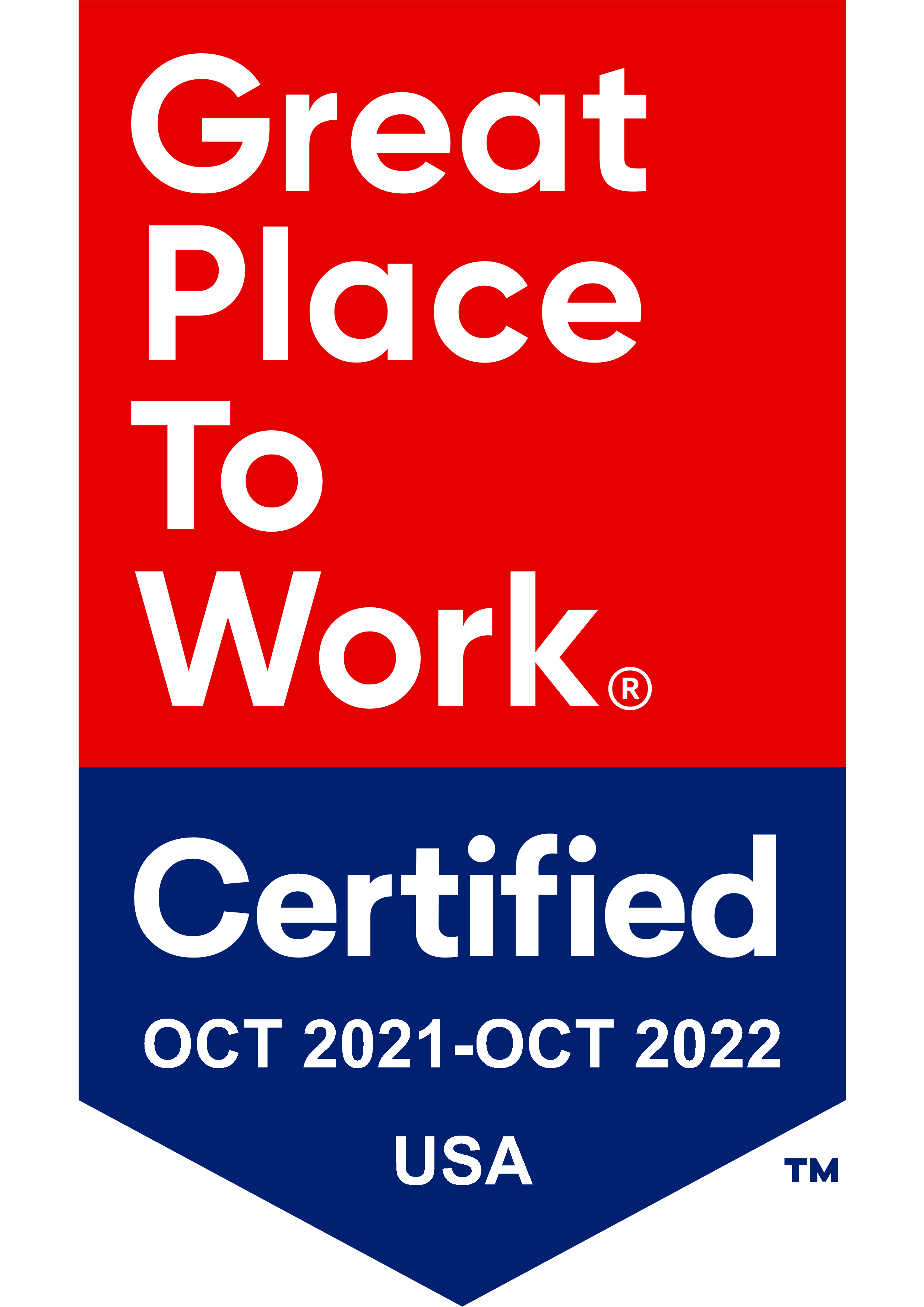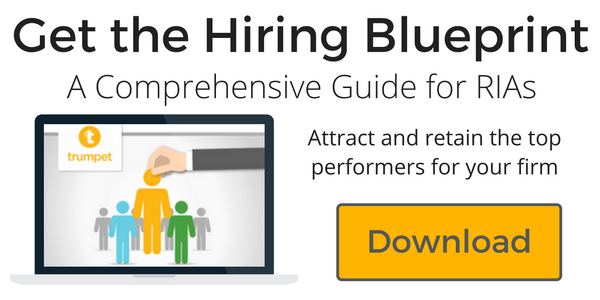
Finally. The position has been approved, the hiring process has been completed and your newest employee is ready to start. Ladies and gentlemen, the train has left the station and is now speeding on its way to... To where, exactly?
It’s easy to calculate the cost of hiring a new employee - simply add together recruitment fees, training costs, equipment, etc. Calculating the cost to replace that employee can be a bit more difficult. One study concludes it can easily cost up to 16%-20% of a departing employee’s salary to replace him or her. While these costs include wasted training costs, wasted salary of up to 6 months and severance packages, they don’t include the much-harder-to-quantify damage to staff morale and the cost of missed deliverables (the cost of angry clients simply cannot be measured). With effective onboarding, your firm can increase your new employee’s productivity and reduce the probability of an early departure.
What is an effective onboarding process?
An effective onboarding process engages your new hire and helps ensure that he or she feels part of the team while also improving office efficiency. Having a process in place to address questions in a consistent manner will help your employee understand the firm’s expectations and culture. This process can also provide job specific details so the employee can begin working on less complex tasks while waiting for in-depth training to begin. Properly addressed, these aspects of the process provide the guidance your new employee needs so he/she doesn’t feel ‘lost’ in an unfamiliar world.
Your ticket to effective onboarding
Before you begin crafting your onboarding process, here are some questions you may want to consider. While all may not apply to your specific situation, these are a good starting point to help you on your way.
- Do you have a 'New Hire Checklist' in order to prevent forgotten or redundant information?
- Is your checklist role-based to ensure information is relevant to the position/level?
- What do you need your new employees to know about your company?
- What do you want your new employee to know about his/her position? What tasks can he/she perform immediately while learning to master more complex tasks?
- Are key personnel going to be available for individualized instruction?
- What criteria will you use to determine 'keep or let go' at the end of the probationary period?
- Who will conduct the onboarding process?
- Have you created a timeline to ensure you have provided adequate time for completion of your onboarding program?
- Have you notified specific personnel to order and install necessary equipment?
- Have you determined the date of the next available group training (ie. company policies, benefits)?
- Have you scheduled individual training sessions for the employee with key personnel – not only for training but also for an opportunity to meet and interact with other team members?
- Have you determined the key role and most critical tasks for the new employee to begin mastering? Are these noted on your timeline and your probationary period criteria?
- At what point in the process will you allow the employee access to sensitive data?
Effective onboarding isn't subject to a 'One Size Fits All General Boarding Pass'. Each firm must determine its own needs and level of risk for each position. The ideas outlined above will give you a solid foundation to begin planning your onboarding program. A great program can contribute to greater staff retention. Greater staff retention means less time and money spent recruiting and training new employees. And who doesn't want that?
Photo courtesy of WOCinTech Chat via Flickr





